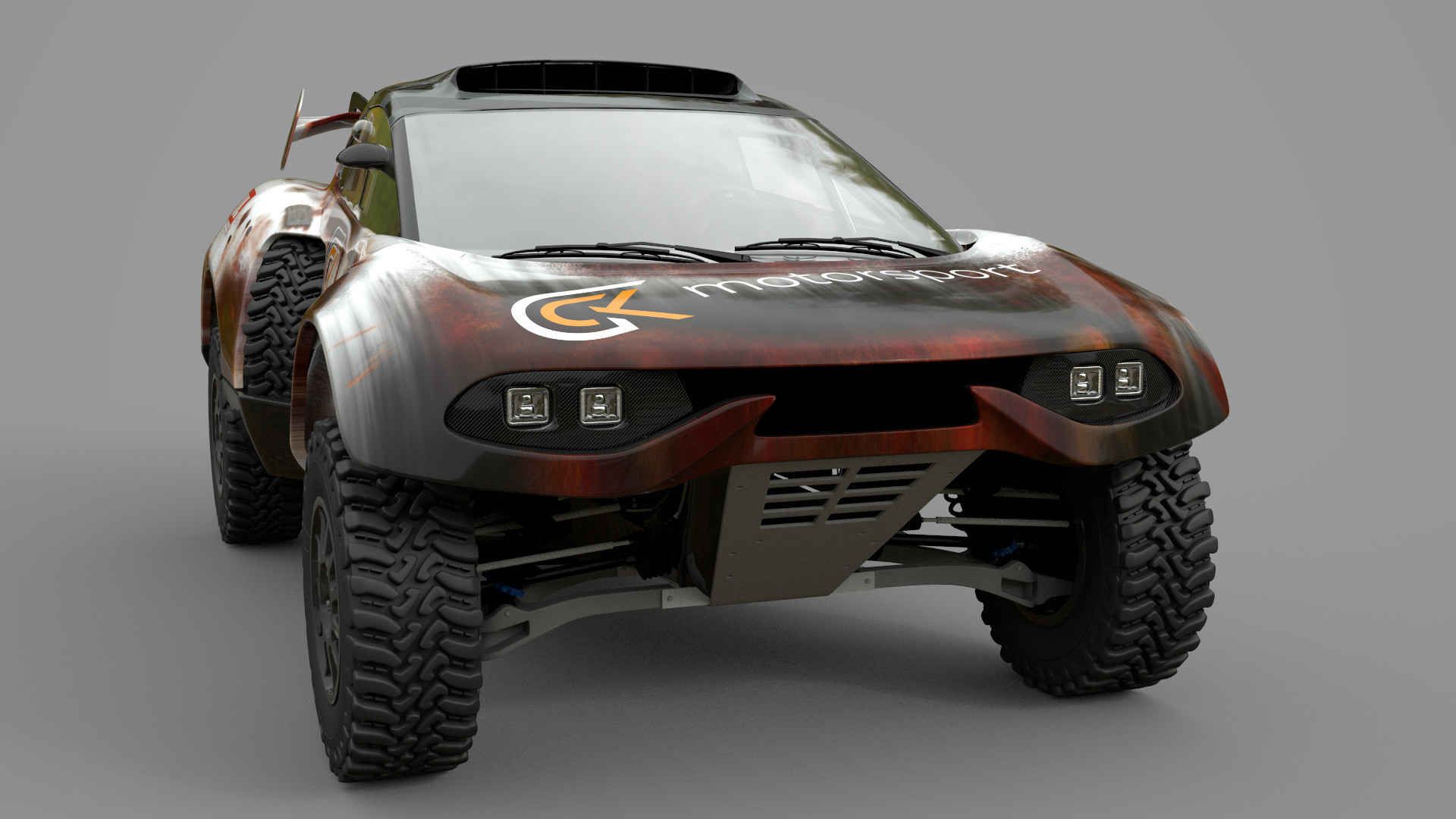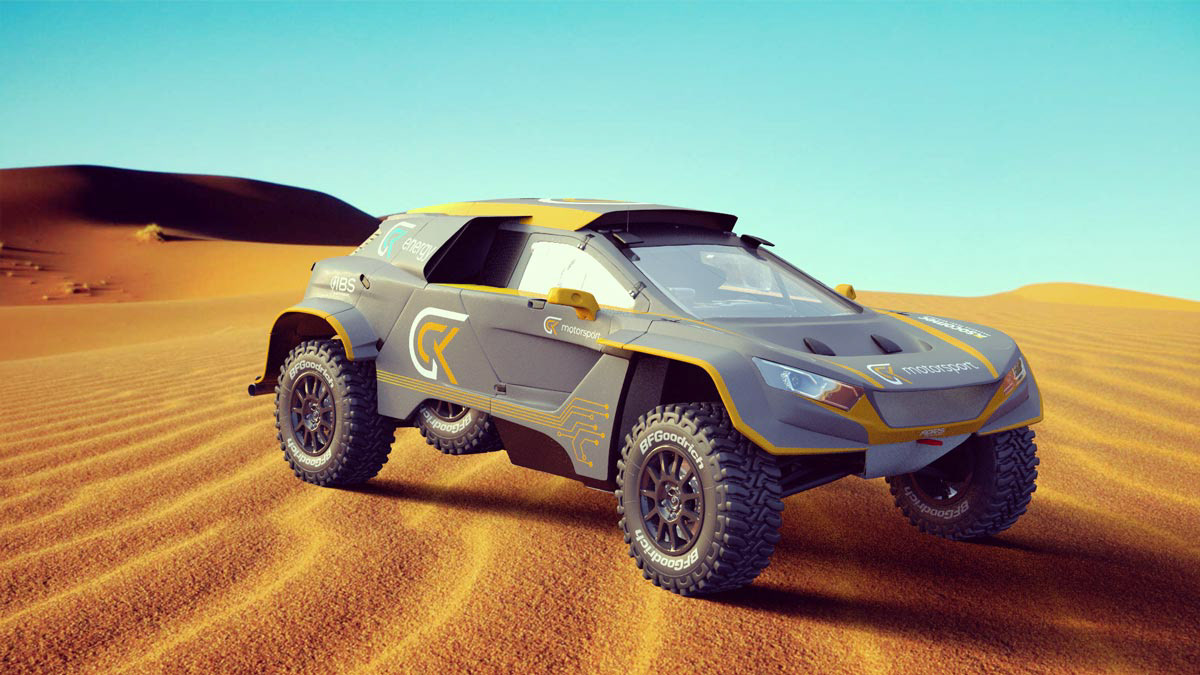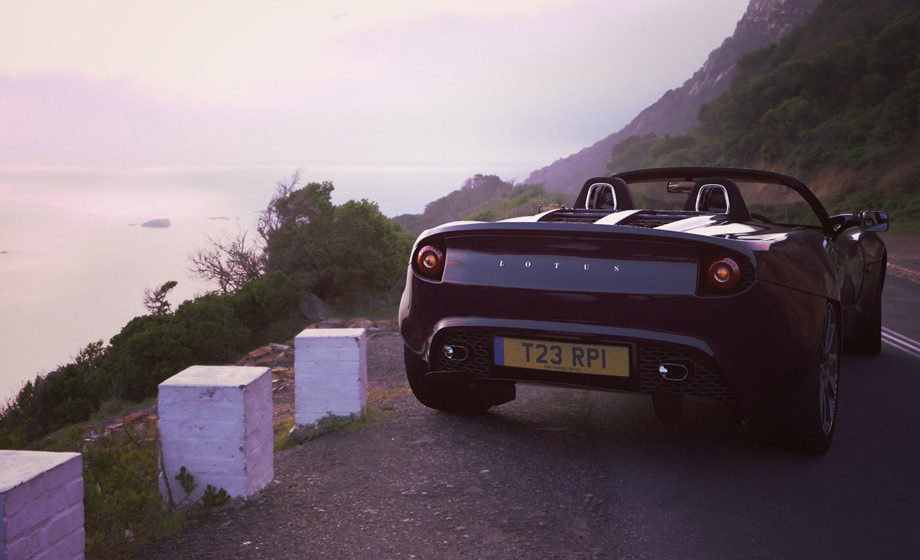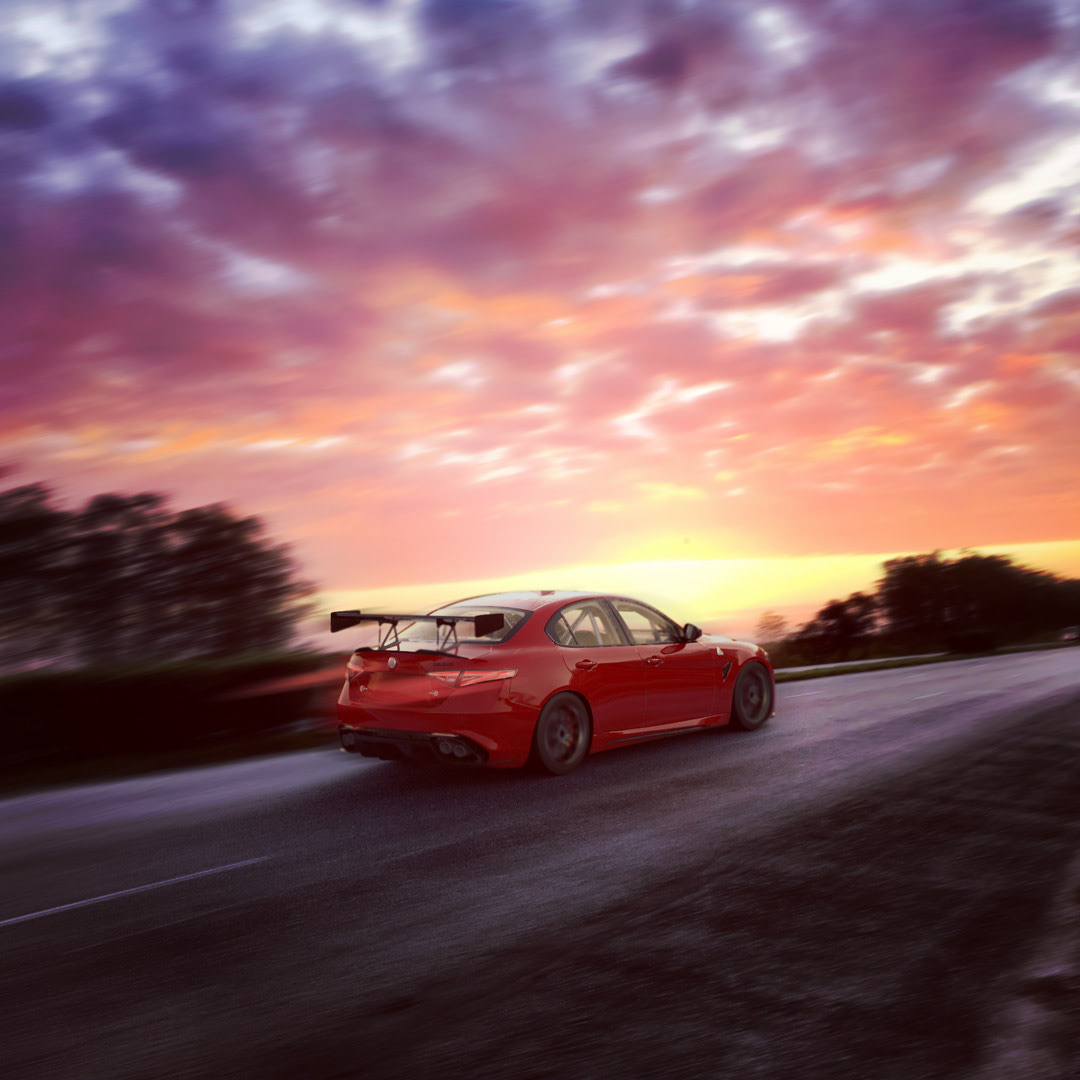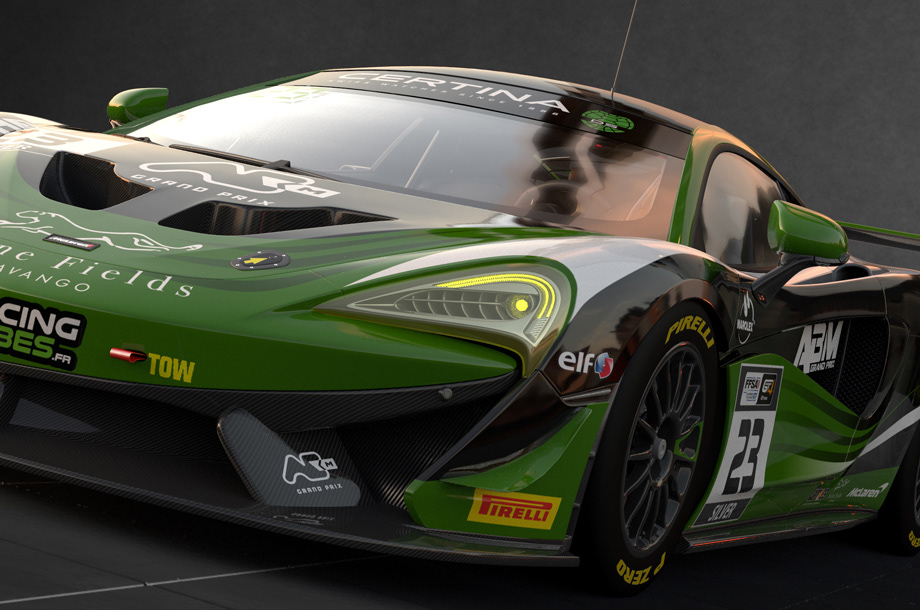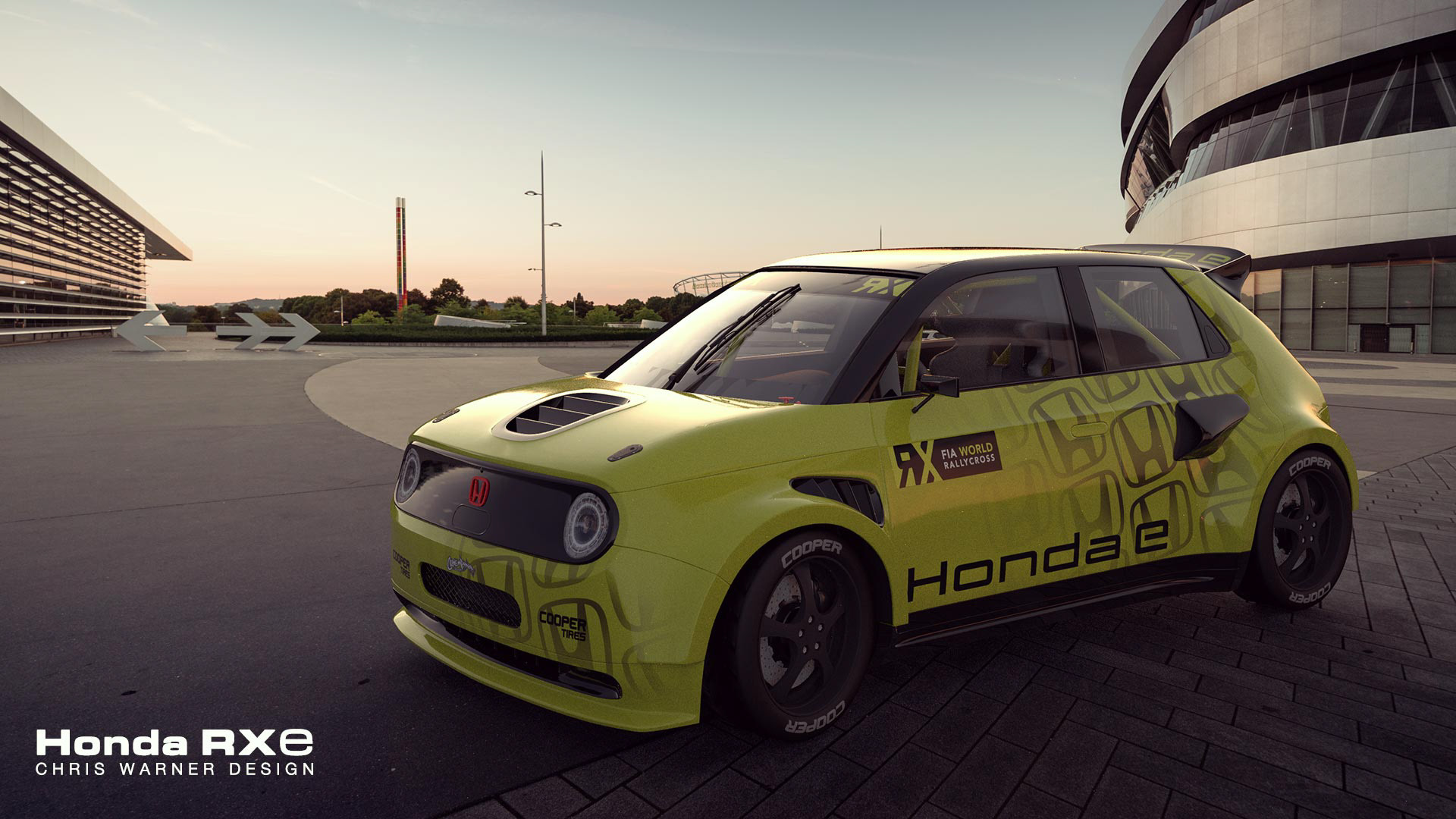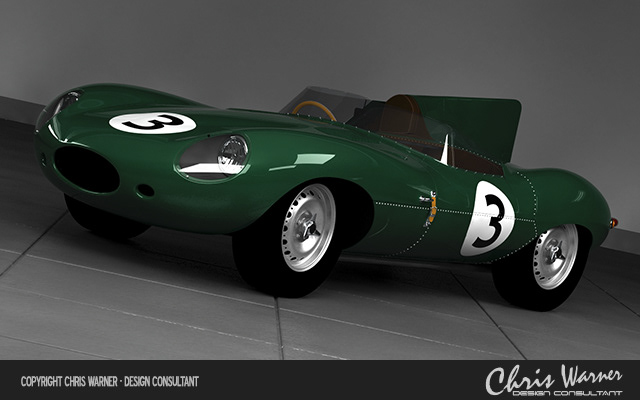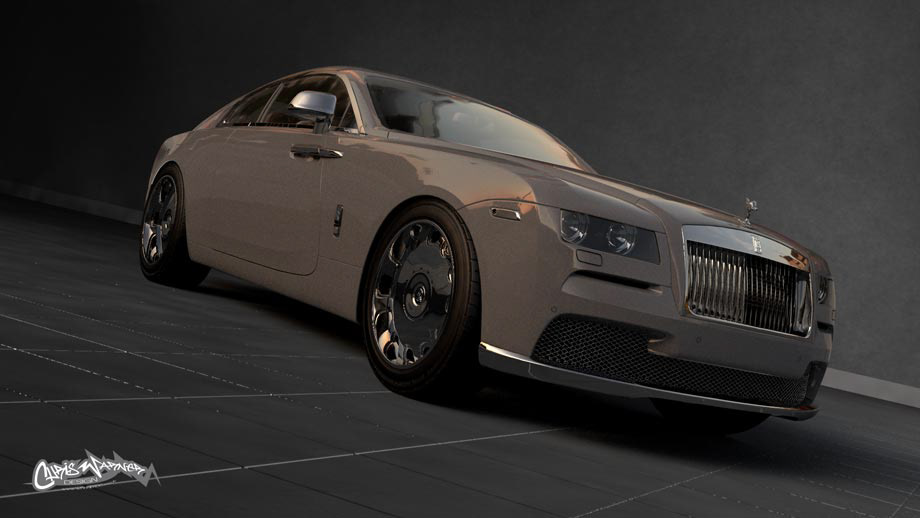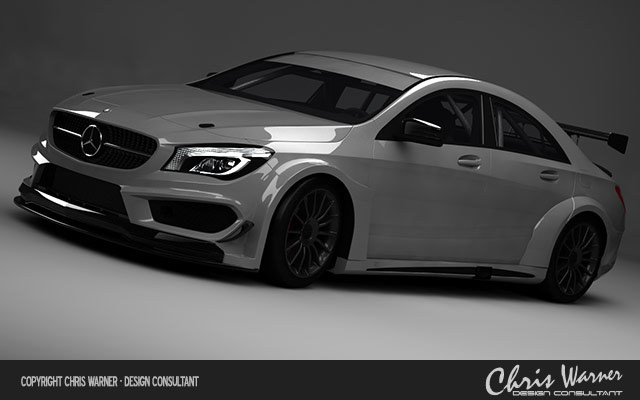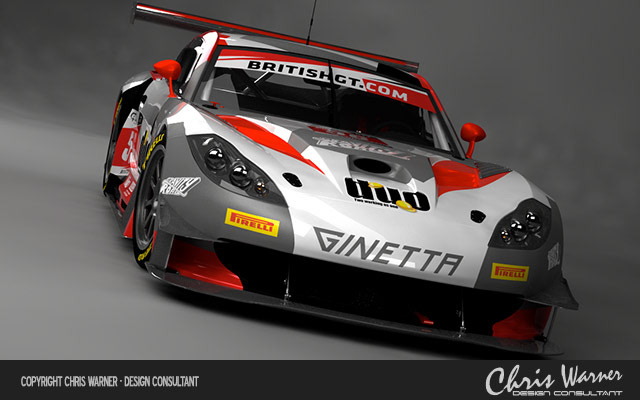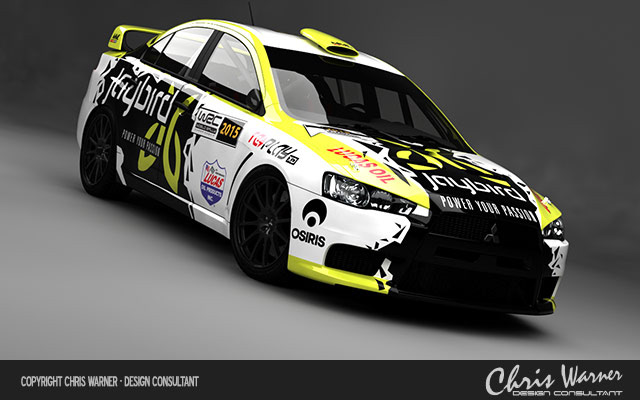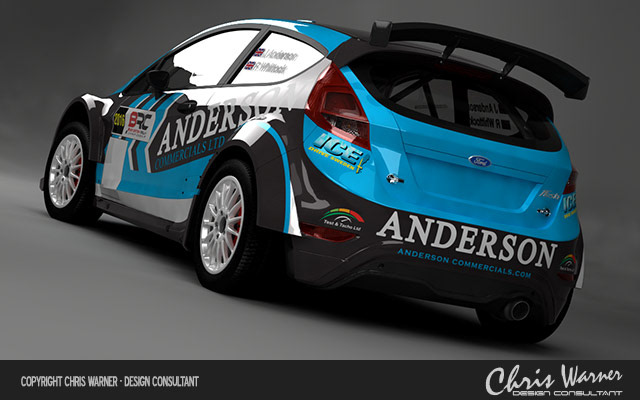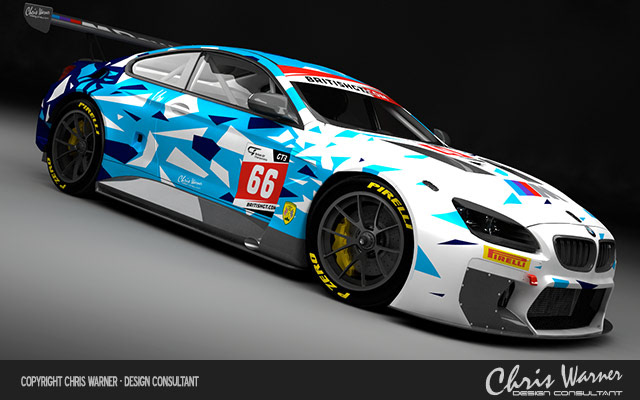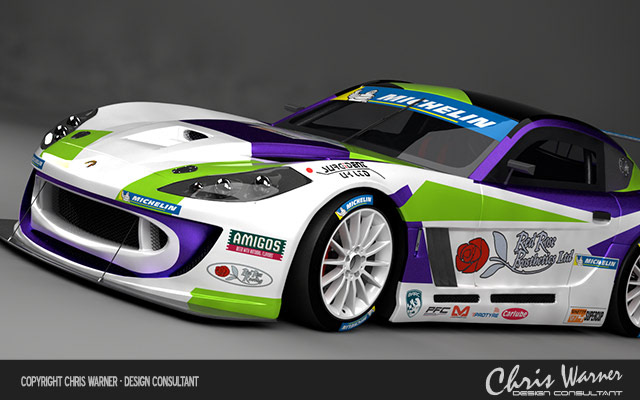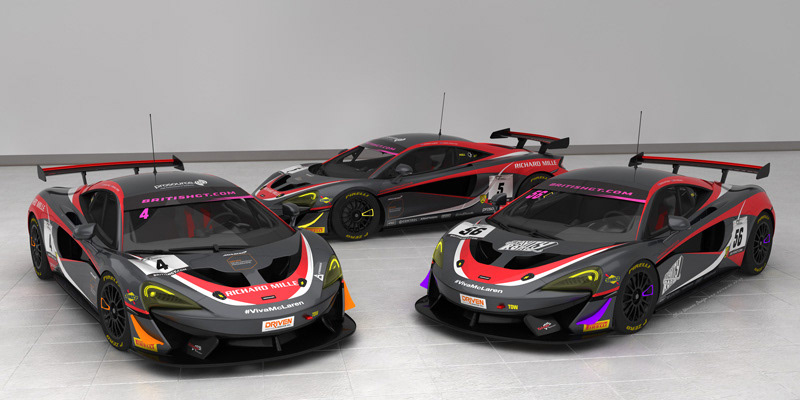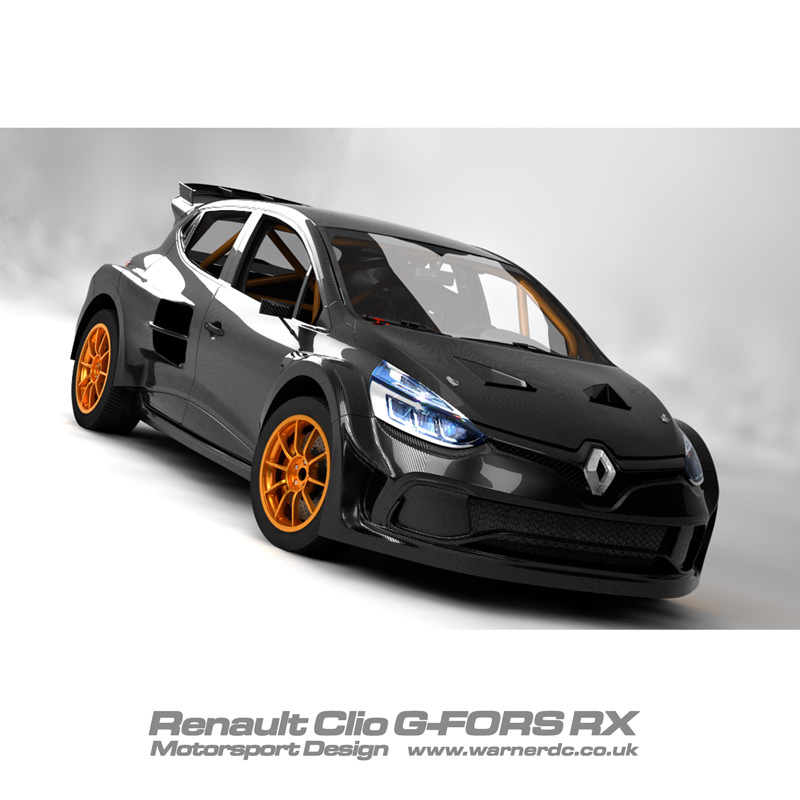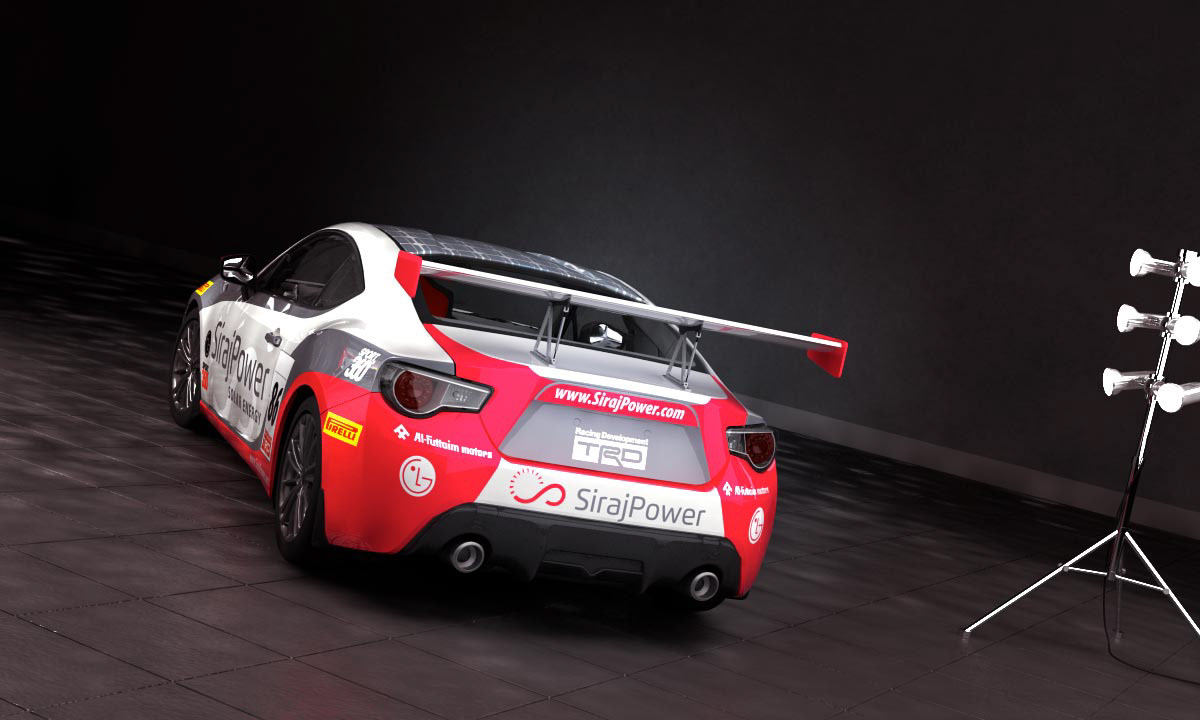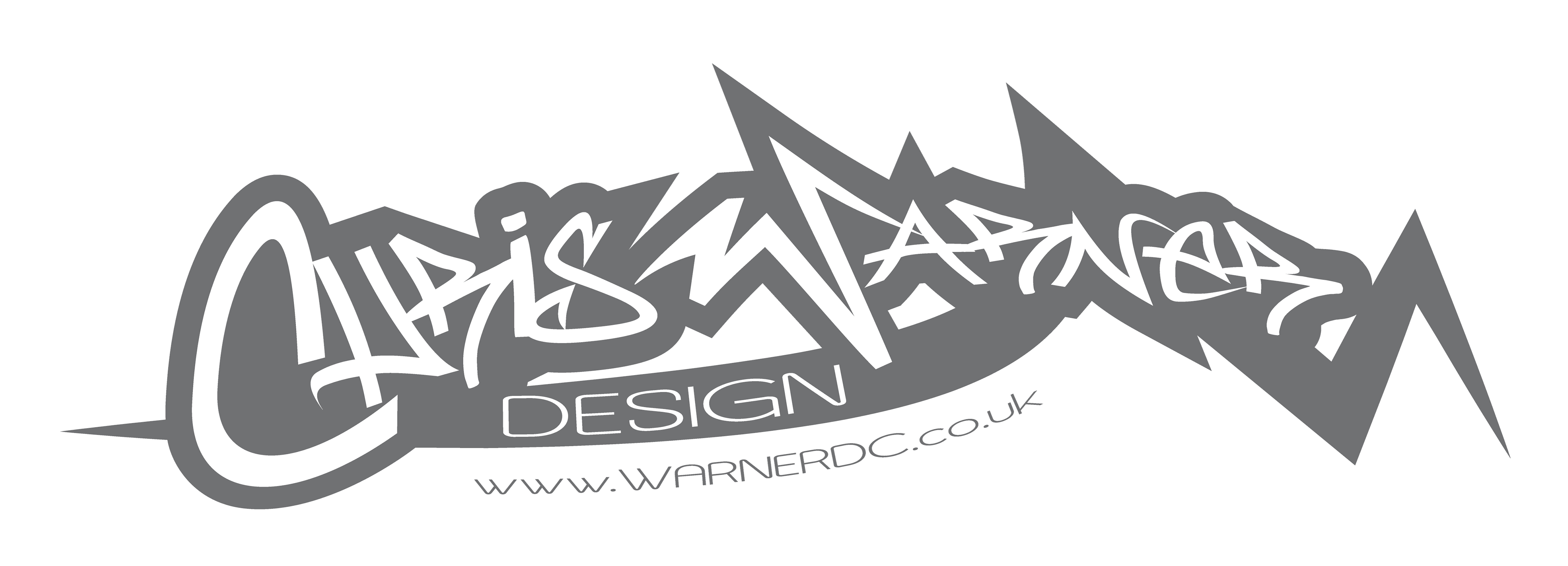The term '3D visualisation' is used to describe the production of computer-generated images from 3D models and environments. In many instances a very good 3D model and render can sometimes be hard to discern from the real thing. 3D visualisation or CGI is useful in any situation that requires a high quality visual of an object that cannot or is impossible to be suitably photographed or filmed in real life.
Additionally, in our current climate of reduced or restricted movements due to global pandemics and financial constraints, our Virtual Automotive Photoshoots not only remove these restrictions but also reduce the carbon footprint and impact on our environment.
Additionally, in our current climate of reduced or restricted movements due to global pandemics and financial constraints, our Virtual Automotive Photoshoots not only remove these restrictions but also reduce the carbon footprint and impact on our environment.
Our Virtual Studio technology takes current 3D visualisation and motorsport services to an even higher levels of realism. We have the technology, skills and experience to produce ultra-realistic renders of vehicles in photographic environments such as racetracks, cityscapes or deserts in addition to indoor photographic studio style visuals.
These Virtual Automotive Photoshoots have been used for motorsport livery design production and livery launches as well as automotive and motorsport vehicle launches and prototype builds.
Studio shots in the virtual world help reduce costs, reduce environmental impact and provide a means of finalising designs or experimenting with brand positioning and livery designs. They also ensure that the design is kept out of the public domain until the vehicle launch is required or the sponsorship deal is finalised.
These Virtual Automotive Photoshoots have been used for motorsport livery design production and livery launches as well as automotive and motorsport vehicle launches and prototype builds.
Studio shots in the virtual world help reduce costs, reduce environmental impact and provide a means of finalising designs or experimenting with brand positioning and livery designs. They also ensure that the design is kept out of the public domain until the vehicle launch is required or the sponsorship deal is finalised.
Additionally, the scene can be set and the subsequent render modified so that the vehicle is visualised as an action shot.
How they are created
How they are created
The art to producing photo realistic automotive visuals is not only in the selection and set-up of the scene with lighting and reflections but in the quality of the 3D models.
This is where our extensive experience in automotive and motorsport styling and design is shown. The quality of the panel surfaces, the modelling of the finer details and the selection of the correct materials is imperative to producing high quality visuals that are indistinguishable from real photography.
Ten years ago, about 20 percent of automotive advertising was created digitally, and 80 percent was produced via traditional photography. Now those numbers have flipped.
This is where our extensive experience in automotive and motorsport styling and design is shown. The quality of the panel surfaces, the modelling of the finer details and the selection of the correct materials is imperative to producing high quality visuals that are indistinguishable from real photography.
Ten years ago, about 20 percent of automotive advertising was created digitally, and 80 percent was produced via traditional photography. Now those numbers have flipped.
Gallery
